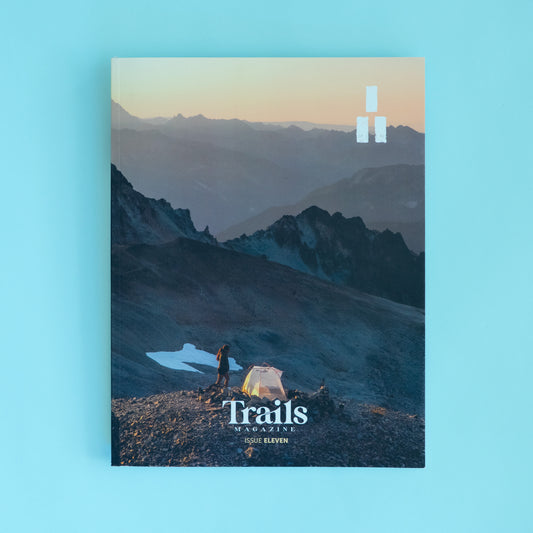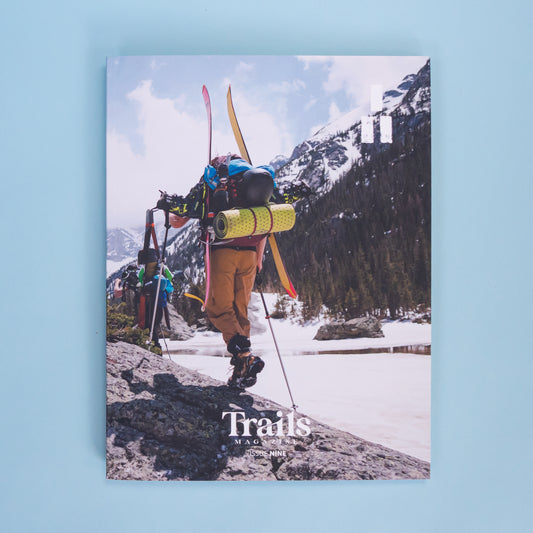
The Public Lands Rule: What’s at stake for the places we recreate?
Every trail you hike, every campsite you visit, and every canyon you explore on 245 million acres of Bureau of Land Management land reflects the guidance of the Public Lands Rule. Finalized on April 18, 2024, the rule strengthens BLM’s multiple-use mission by putting conservation on equal footing with grazing, mining, timber, and energy development. It gives land managers clear authority to prioritize ecosystem health in planning and permitting decisions, helping ensure these landscapes remain resilient and vibrant for generations of hikers, climbers, and outdoor enthusiasts.
Currently, only 15% of BLM lands have permanent protections, while 81% remain open to oil and gas leasing. The rule helps managers maintain these lands by using science, monitoring data, and Indigenous knowledge to guide decisions about soil, water, plants, and wildlife. It allows Tribal nations, conservation groups, and state agencies to restore damaged areas and offset industrial impacts through restoration and mitigation leases. It also strengthens protections for intact landscapes and Areas of Critical Environmental Concern, preserving places for research, recreation, and scenic enjoyment.
Healthy public lands support ecosystems and local economies. The outdoor recreation economy generates more than $1.2 trillion annually, far surpassing revenue from mining and oil and gas development.
The Department of the Interior has proposed rescinding the rule, arguing it exceeds statutory authority. Yet more than 91% of public commenters support it, noting that it reinforces the multiple-use framework established by Congress in 1976.
If the agency withdraws the rule, restoration efforts will slow, and pressure on high-use recreation areas will grow. The decision will determine whether BLM lands continue toward healthier, more resilient landscapes or revert to a system that leaves the places we love increasingly vulnerable to long-term damage.
— EMMA HOSKINS







